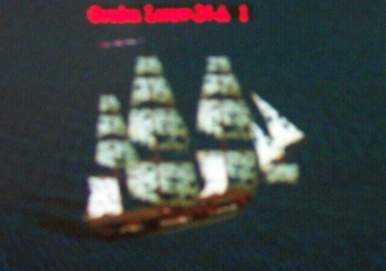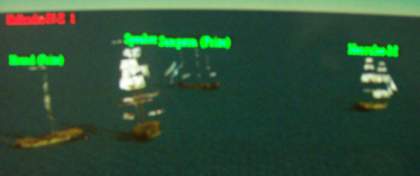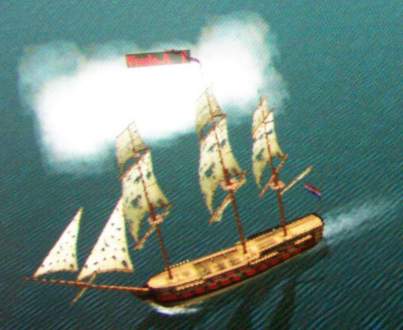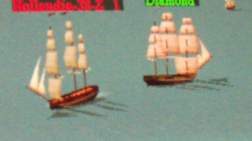This is another listing from the "Staet van Oorlogh te Water voor den Jaere 1654". The captain was a veteran of the First Anglo-Dutch War, who had served in Michiel De Ruyter's squadron-sized fleet at the Battle of Plymouth. The Amsterdam was one of the larger ships built as part of the First Anglo-Dutch War building program. What is noteworthy here, is that we list the armament, and separately note brass and iron guns.
The Amsterdam had an extremely long service life, as she was finally lost when she was captured by the French in 1689. She fought through the Second and Third Anglo-Dutch Wars, and was only lost during the War of the English Succession.
While she only carried 50 guns, early in her life, she later carried as many as 60 guns. This is the armament in 1654.
|
Admiralty: |
Amsterdam |
|
Ship: |
Amsterdam |
|
Date: |
1653 |
|
Captain: |
Jan Gideonsz. Verburch |
|
Guns: |
50 |
|
Length: |
140 feet |
|
Beam: |
34 feet |
|
Hold: |
14 feet |
|
Brass Guns: |
4-18pdr, 4-12pdr, 6-6pdr |
|
Iron Guns: |
18-18pdr, 6-12pdr, 12-8pdr |








